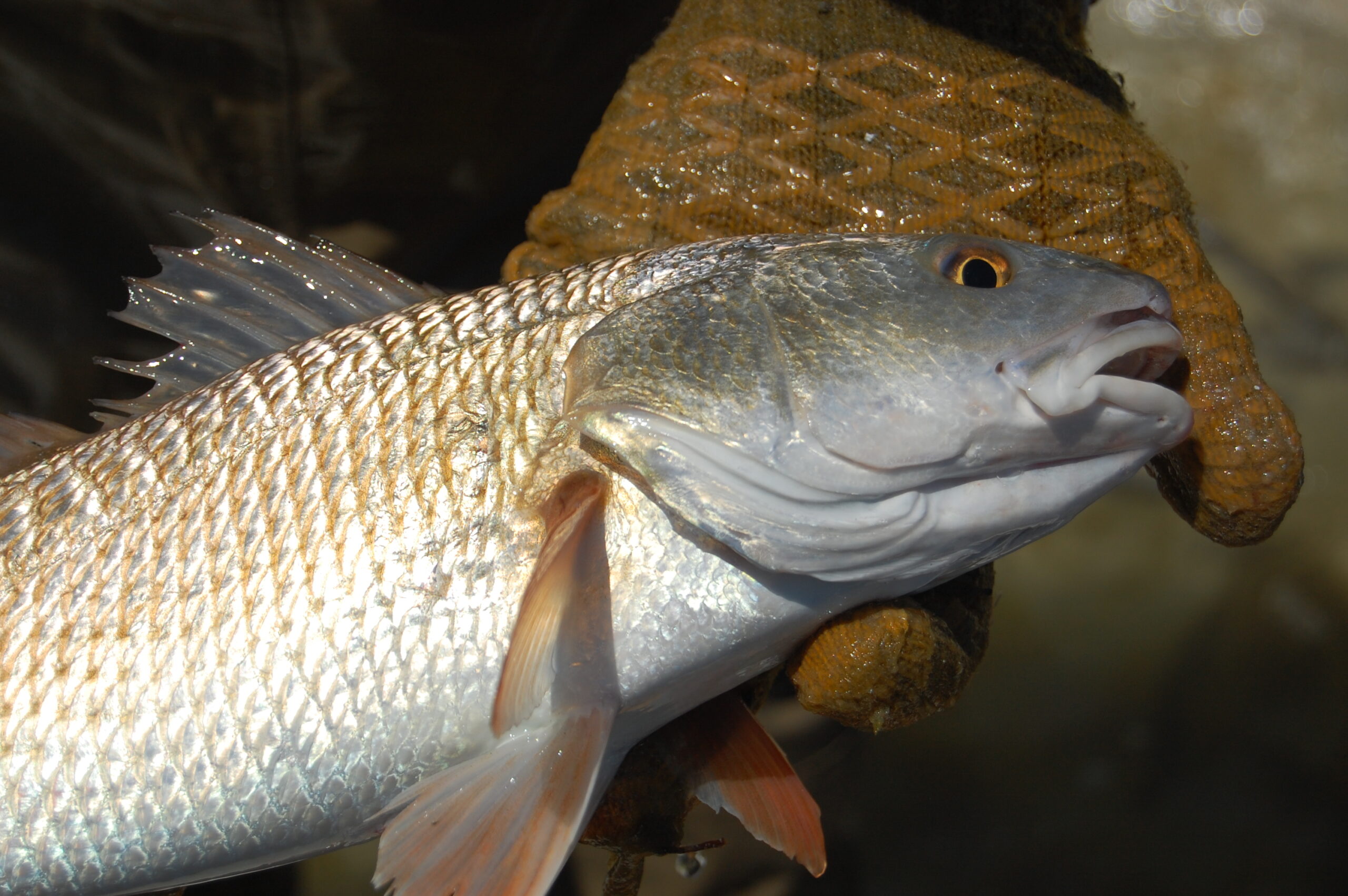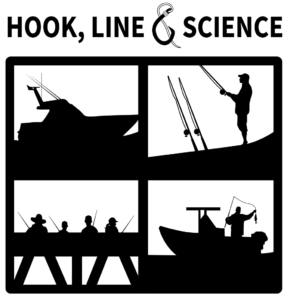Does the Size of a Red Drum Affect its Recovery After Catch-and-Release?

New research reveals that larger fish react differently than smaller fish.
Research Need
Catch-and-release is a popular conservation strategy in helping manage fish populations, but released fish may have an increased risk of mortality as post-catch exhaustion makes them susceptible to predators and disease. Survivability, of course, greatly impacts the success of conservation efforts.
While fight times, fishing line weight, hook types, handling, and air exposure all influence the stress levels of fish following catch-and-release, researchers have little information and even less understanding of the effect of fish size on post-release recovery. If different sizes within a species respond differently to catch-and-release, this could also influence the efficacy of management strategies.
What did they study?
Researchers from the University of Texas at Austin Marine Science Institute studied the effects of exercise and air exposure on 48 “small” (8-12”) and 24 “slot” sized (20-29”) red drum. Red drum is a popular sportfish throughout the South Atlantic Region with limits on size and quantity designed to rebuild the population, and therefore it was an ideal species to study.
The team held fish in large laboratory tanks with recirculating and aerated seawater until the fish were acclimated. They then simulated the experience of catch and release by chasing fish for five minutes, netting them out of the tank, and holding them out of water for one minute.
The scientists drew blood from the fish and measured levels of electrolytes and sugar compounds in the blood, as well as lactic acid in muscle.
To serve as a baseline for comparison, the scientists kept some fish stress-free.
What did they find?
It turns out the size of the fish did have an impact on their recoveries. Results indicated that the slot-sized fish had slower recovery times despite finding that peak stress levels were comparable between the two groups.
While smaller red drum could fully recover to resting levels within three hours, larger fish could not completely return to resting levels within the same time frame.
So what?
These findings suggest that size might also affect recovery time across other species.
Additionally, recreational anglers seek out larger “trophy” sized fish. If larger-sized fish experience greater injury and slower recovery rates, they could be at greater risk for mortality for longer periods post-release.
This heightened risk of mortality of larger fish has significant implications for fishery management because these fish are a crucial component of the spawning stock. As such, the researchers suggested that anglers should strive to minimize their catch’s exercise and stress levels by aiming for shortened play times and less post-catch air exposure.
Reading
Martin, L., Negrete, B., & Esbaugh, A. J. (2023). The effects of size on exhaustive exercise and recovery in a marine sportfish, the red drum (Sciaenops ocellatus). Comparative Biochemistry and Physiology. Part B, Biochemistry & Molecular Biology, 266, 110844. https://doi.org/10.1016/j.cbpb.2023.110844
Funded by the University of Texas Marine Science Advisory Council; contributions from Dr. Robert Dickey, George Hillhouse, Clint Bybee, and the Port Aransas Rod and Reel Club; additional funding from National Science Foundation grant (#2002549) to AJE. BNJ was supported by the National Science Foundation Graduate Research Fellowship Program (#1610403).
BY MARLO CHAPMAN.
The text from Hook, Line & Science is available to reprint and republish at no cost, but only in its entirety and with this attribution: Hook, Line & Science, courtesy of Scott Baker and Sara Mirabilio, North Carolina Sea Grant.

- Categories:



